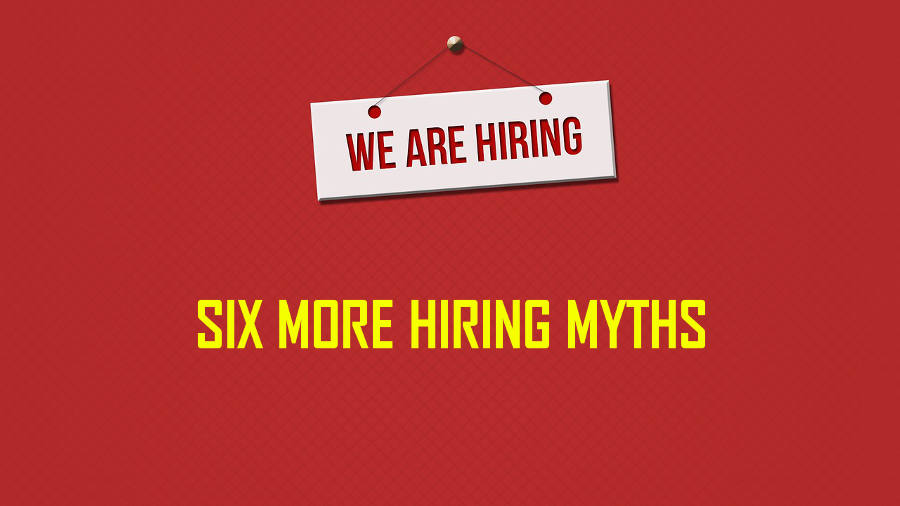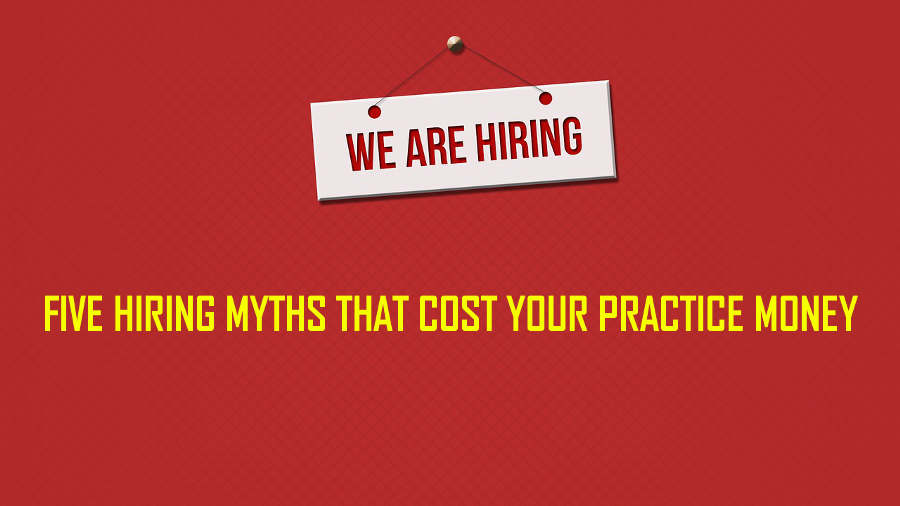
Let’s be real. Have you ever stretched the truth on a resume? Maybe nudged your marks a bit higher or embellished your job responsibilities just a smidgeon to add some flair and polish? Chalk it up to being aspirational, perhaps. Jobseekers view the job market as an audition, and they know that putting their best foot forward may require some creative optics (pun intended).
These flourishes are far more common than you may think. HRDive found in one study that a third of Americans admitted to lying on their resume, while other studies estimate the actual number is higher. The reality is resumes are marketing tools designed specifically for self-promotion. Jobseekers can craft and draft content around what they think an employer wants to hear to give them an advantage over other potential candidates.
The Truth about Resumes
Here’s the real issue. Even if a resume is 100% accurate, the information in it is the statistically weakest predictor of someone’s likelihood of success in the job.
A resume is simply not a good reflection of a person. It is just a tailored list of education and experiences. It’s a brief snapshot that doesn’t shine a light on the truly important stuff – how a candidate makes decisions, manages change, or deals with disagreements. All the stuff you really need to understand.
Credentials may be qualifiers for very specific positions as is often the case when seeking a particular qualification such as an optician or optometric assistant. However, those qualifications aren’t reliable predictors of how an employee will integrate with your team, how they will perform or how long they will stay. Here’s the secret – you need to invest in resources that focus on finding people who will fit in your reality, not people who have the best resume writing skills.
Understanding a candidate better through an assessment can save you a lot of time in the hiring process and money in the long run. Spend more time on the right candidates and less time filtering through stacks of resumes. When you hire for job fit you are more likely to hire an engaged and passionate employee. Not only that – you may be very surprised to find your next superstar was hidden by barriers well beyond their control.
Fit First Technologies helps you see the real person behind the resume. Looking beyond the resume is exactly what you need to do to hire the right fit.

TIM BRENNAN
is Chief Visionary Officer with Fit First Technologies Inc, the creators of Eyeployment, TalentSorter and Jobtimize.















